


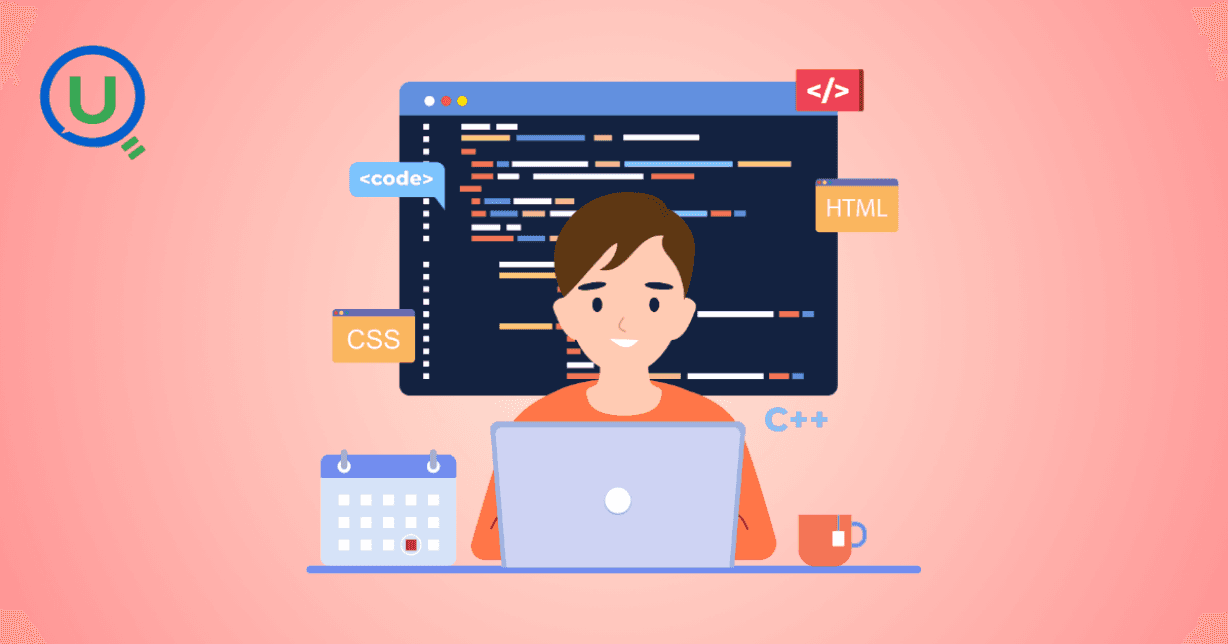
Have you ever sat down to code and felt either completely in the zone or totally blocked? That feeling—the mood, the environment, the energy—is what vibe coding is all about. It’s a new, exciting way of thinking about programming that focuses not just on the code itself but on how we feel while writing it.
Vibe coding is more than just a trend or buzzword. It’s changing how developers, especially new and creative ones, approach their work. It brings together technology, creativity, and human emotion to make coding a smoother, more enjoyable experience.
So, what exactly is vibe coding? How is it different from traditional programming? And why are more developers—and companies—starting to care about it?
Let’s explore.
Vibe coding is a style of coding that focuses on making the experience of writing code more comfortable, creative, and human-friendly. It’s all about improving your mood and environment while working, helping you get into a flow state where ideas come naturally, and coding feels less like a task and more like an enjoyable activity.
This approach to programming often includes:
A relaxing or inspiring workspace
Visual coding tools that are easy to interact with
Music or ambient sound while working
AI assistants that reduce repetitive typing
Personalized themes, colors, and layouts
Real-time collaboration with teammates
Fewer distractions, more focus
In simple words, vibe coding means: coding with the right energy.
It’s like the difference between working in a dark, messy room vs. a bright, cozy café. Your surroundings—and your mindset—make a huge difference.
Traditional programming can sometimes feel very logical and mechanical. You write lines of code, test them, fix bugs, and repeat. But vibe coding turns coding into a more creative and expressive experience.
With vibe coding, you’re not just solving problems—you’re designing, building, and expressing ideas in a way that feels fun. You’re encouraged to explore and experiment. It’s a space where creativity and logic meet.
For many new learners, coding can feel hard and scary. There are lots of new terms, confusing errors, and plain white screens filled with complex syntax.
Vibe coding makes things easier by giving learners a friendly space to experiment. Visual feedback, helpful prompts, and built-in support from AI tools make learning feel like a guided journey rather than a frustrating challenge.
Platforms that support vibe coding often let you write code in plain English or give suggestions as you go, just like having a smart tutor beside you.
When you're coding in the right vibe, you can get into a “flow state.” That’s when you’re so focused and comfortable that everything clicks. You write better code, fix bugs faster, and enjoy what you’re doing.
Vibe coding tools often include features that reduce distractions—like turning off notifications, adjusting lighting or themes, and playing soft background music. All of this helps you stay in the zone.
In vibe coding, you’re not working alone in a silent room. Instead, you’re often connected with your team in real-time, sharing ideas, giving feedback, and even coding together in the same workspace.
Just like people work together on music or design projects, developers using vibe coding platforms can co-create software while chatting, commenting, or even adding reactions. It feels more social, more human, and a lot more fun.
Coding can be stressful—tight deadlines, long hours, and frustrating bugs. Vibe coding brings a more balanced and positive approach. It reminds us that developers are not machines. We’re people, and how we feel matters.
Having a workspace that supports your mental health—whether through calming visuals, encouraging messages, or flexible workflows—can make a big difference in how happy and productive you are.
Even though the term “vibe coding” is new, its ideas are already being used in many popular tools and platforms. You might be vibe coding without even realizing it!
Here are a few ways it’s changing the software world:
Platforms like GitHub Copilot and ChatGPT give developers smart suggestions while coding. They reduce repetitive work and help solve problems faster, making the process feel smoother.
Instead of spending hours searching online, developers get instant help inside their editors. This support creates a better vibe—less stress, more flow.
Web tools like CodePen, Glitch, or Observable let you see changes as you type. This live feedback is great for learning, designing, and testing ideas quickly.
No more waiting or guessing—your code reacts instantly, giving you a sense of progress and control.
Modern code editors like VS Code or Replit let you change the colors, layout, fonts, and even sounds. You can create a space that feels just right for you.
Want a dark theme with lo-fi music in the background? Or a bright, energetic setup with playful animations? With vibe coding, your workspace becomes a place you enjoy being in.
Newer platforms are adding social features—chat, voice, video, and reactions—to make coding feel like working in a team. This is great for remote work or when you want to connect with others.
You can build something together, ask for help instantly, or celebrate small wins—just like in a creative studio.
Vibe coding might not replace traditional software engineering, but it’s definitely becoming an important part of the future.
More and more companies are focusing on developer experience (DX)—how it feels to use their tools. They understand that happy developers write better code. That’s why they’re adding vibe-friendly features: AI assistants, smooth designs, real-time tools, and mental wellness options.
Vibe coding fits especially well in fields like:
Web and game development
Creative coding and design
Education and beginner training
Remote teams and startups
In short, vibe coding is making programming more human—more about how we feel, think, and create.
Vibe coding is not just about flashy tools or fancy themes. It’s about building a space where developers feel inspired, focused, and supported. It reminds us that coding doesn’t have to be cold and robotic. It can be fun, social, and full of flow.
As we continue to blend technology with creativity, vibe coding will grow stronger. More tools will be built with developers' emotions and energy in mind. And as this shift happens, the way we learn, teach, and build software will never be the same.
At Enqurious, we believe in the power of vibe coding. That’s why we help teams and developers create coding environments that are not only smart but also enjoyable. With tools that support real-time collaboration, AI-powered support, and customizable workspaces, Enqurious makes it easier for people to stay in the zone and love what they’re building. Whether you're a beginner or a pro, Enqurious helps you code with confidence—and with the right vibe.

A practical walkthrough of how I reduced heavy batch workloads using Change Data Feed (CDF) in Databricks. This blog shows how CDF helps process only updated records, cutting compute costs and boosting pipeline efficiency.

I dropped a table in Snowflake, then queried to verify it was gone. The system said it doesn't exist, but also showed it consuming 3.57 MB. That contradiction led me down a rabbit hole of metadata delays, missing commands, and hidden costs. Here's what I discovered.
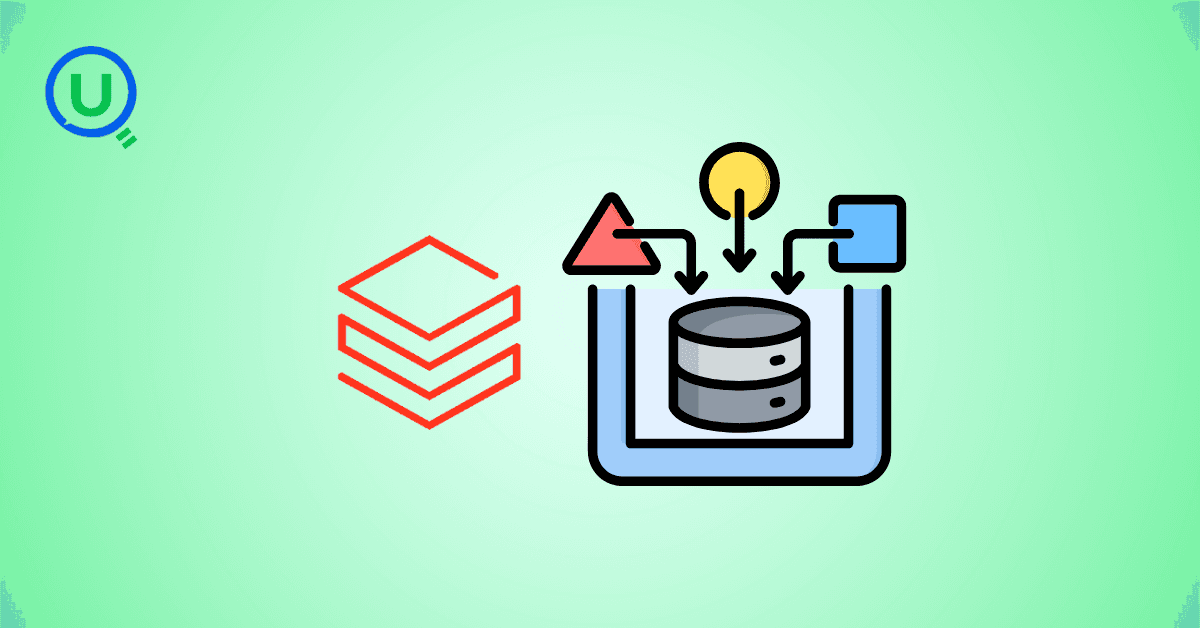
The AI industry has a security problem: data scientists aren't trained in security, ML engineers are working with black-box models, and security pros don't understand GenAI. Learn about the frameworks and tools bridging this gap—from Llama Guard to Databricks' safety features.
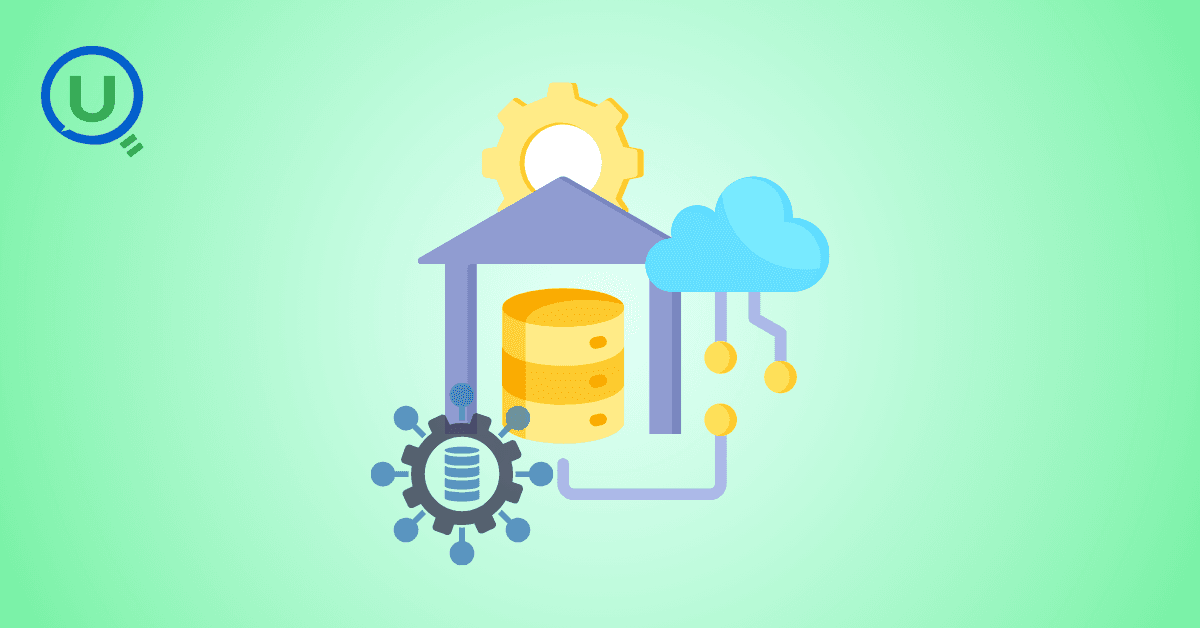
Why DELETE isn’t enough under GDPR, and how Time Travel can make sensitive data reappear unless VACUUM is used correctly.

This blog shares my personal journey into Snowflake Gen AI, from early confusion to hands-on clarity. It offers practical study tips, common pitfalls, and guidance to help you prepare effectively and understand Snowflake’s evolving AI capabilities.

Started scrolling Instagram at 2 AM. Saw Cloudflare memes. Fell down a 4-hour research rabbit hole. Discovered that AND database = 'default' could have prevented the whole thing. My sleep schedule is ruined but at least I understand distributed systems now.

Discover the top 10 data pipeline tools every data engineer should know in 2025. From Airflow to Fivetran, learn how each tool powers modern data workflows, supports real-time analytics, and scales across cloud ecosystems.
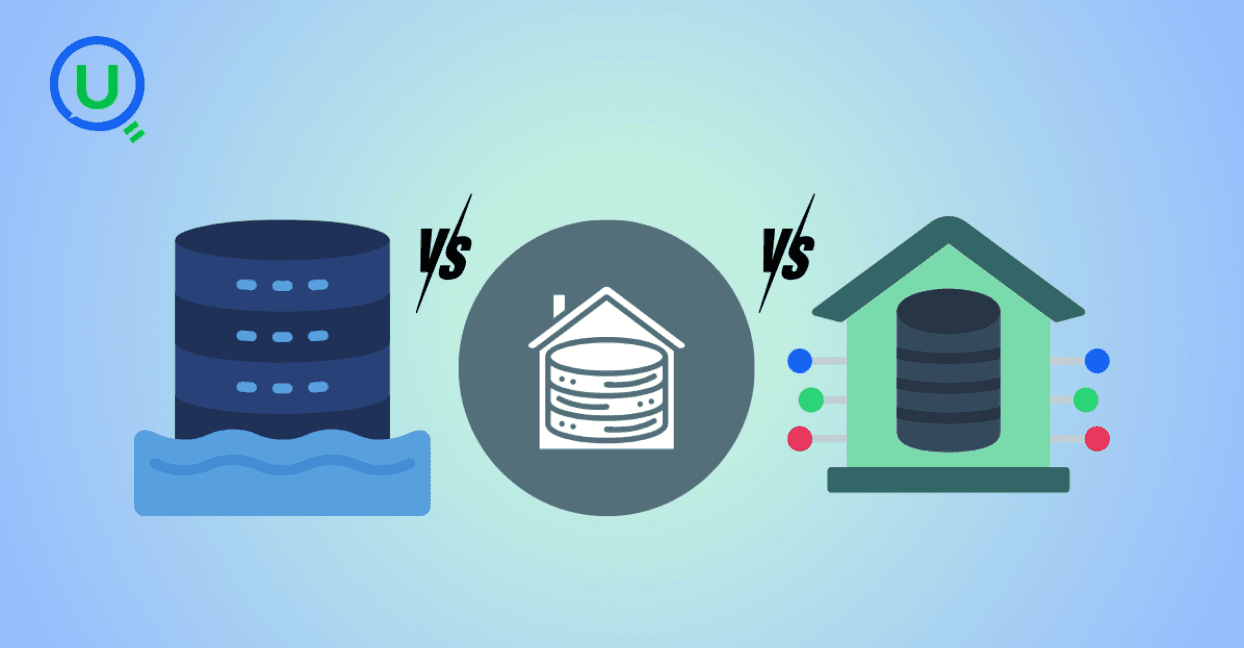
Confused between a data lake, data warehouse, and data mart? Discover key differences, real-world use cases, and when to use each architecture. Learn how to build a modern, layered data strategy for scalability, governance, and business insights.
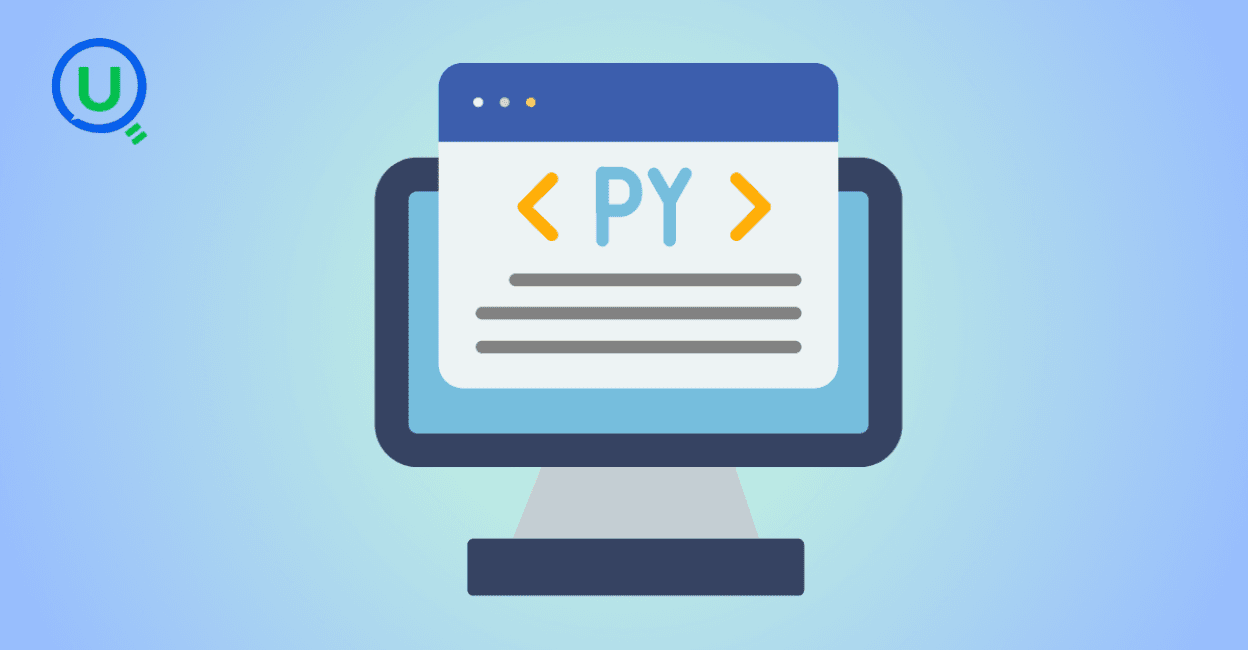
Explore what syntax means in the world of data and AI—from SQL and Python to JSON and APIs. Learn why syntax matters, common errors, real-world examples, and essential best practices for data engineers, analysts, and AI developers in 2025.
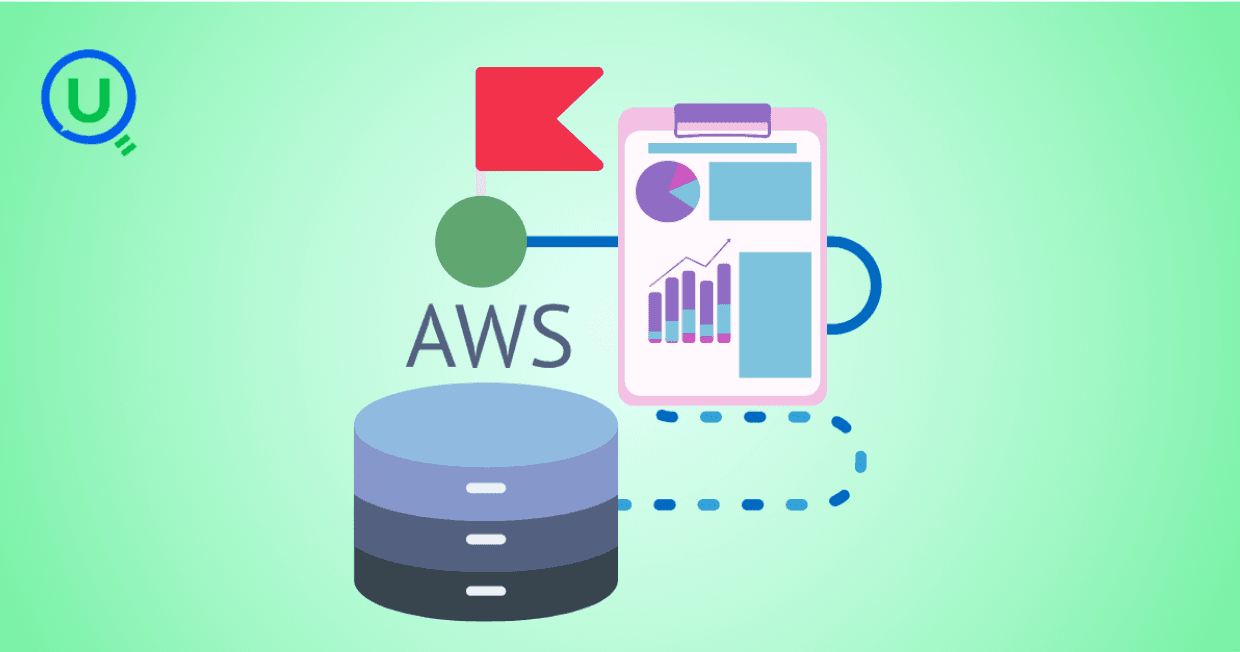
Discover how AWS Data Pipeline helps automate data movement and transformation across AWS services like S3, Redshift, and EMR. Learn its key features, benefits, limitations, and how it compares to modern tools like AWS Glue and MWAA.
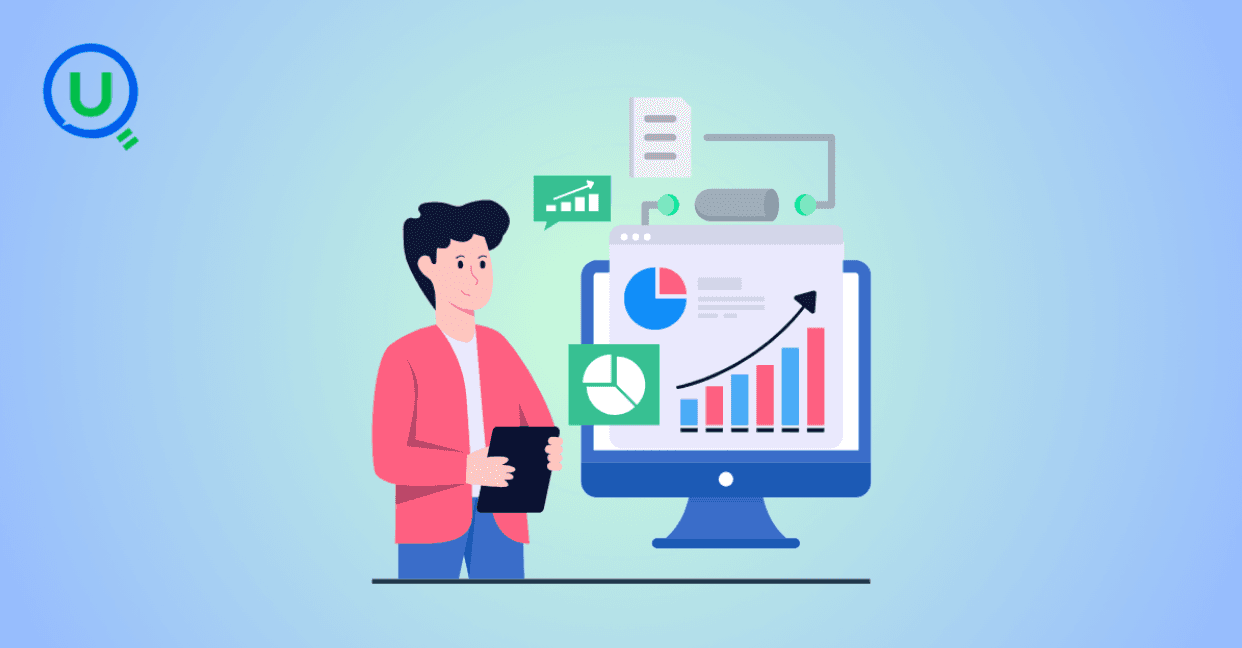
Learn how to build scalable and secure data pipeline architectures in 2024 with best practices, modern tools, and intelligent design. Explore key pillars like scalability, security, observability, and metadata tracking to create efficient and future-proof data workflows.
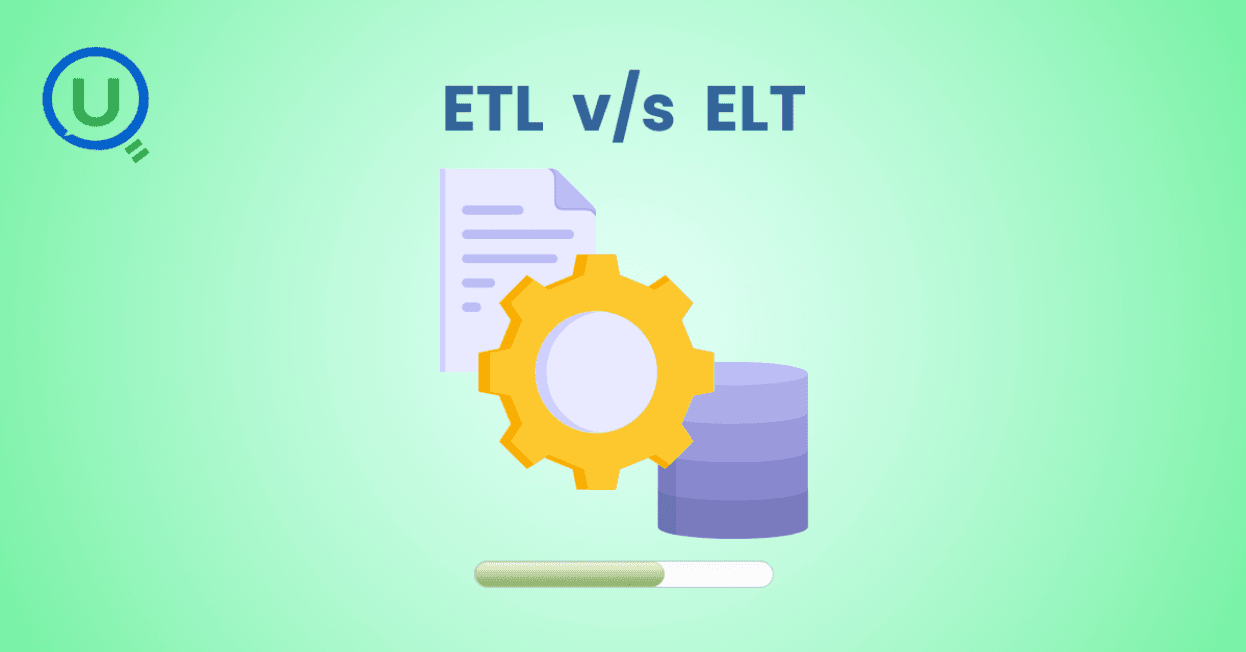
Explore the key differences between ETL and ELT data integration methods in this comprehensive guide. Learn when to choose each approach, their use cases, and how to implement them for efficient data pipelines, real-time analytics, and scalable solutions.
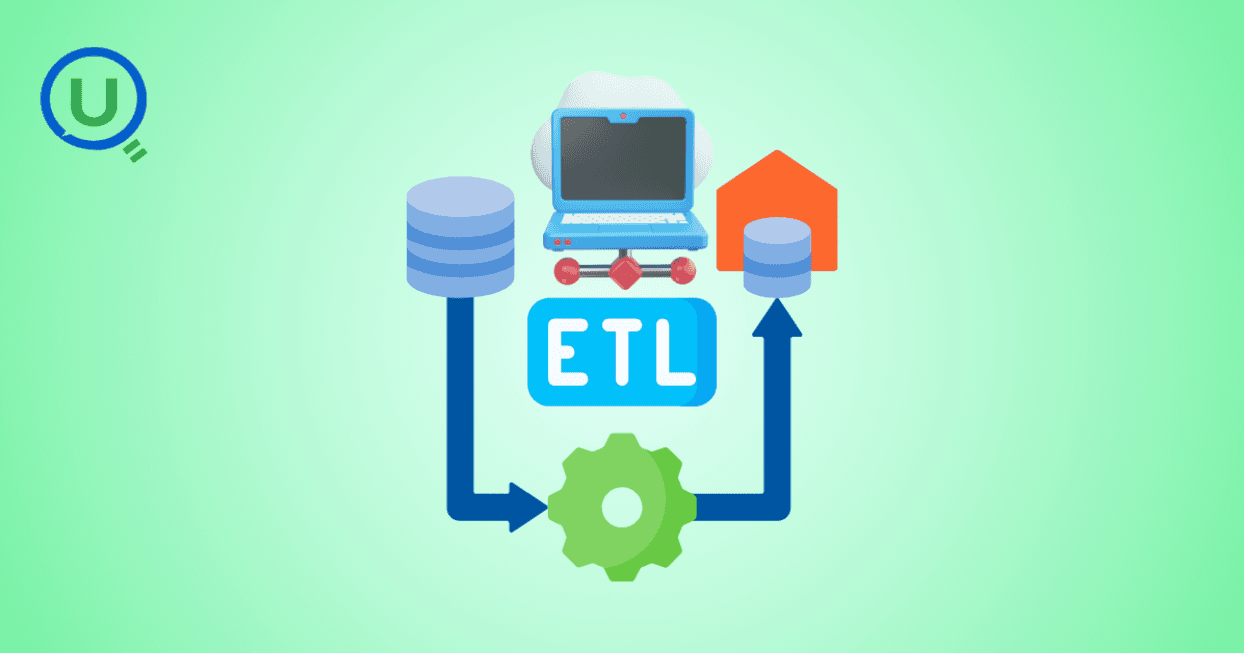
Learn the essential role of ETL (Extract, Transform, Load) in data engineering. Understand the three phases of ETL, its benefits, and how to implement effective ETL pipelines using modern tools and strategies for better decision-making, scalability, and data quality.
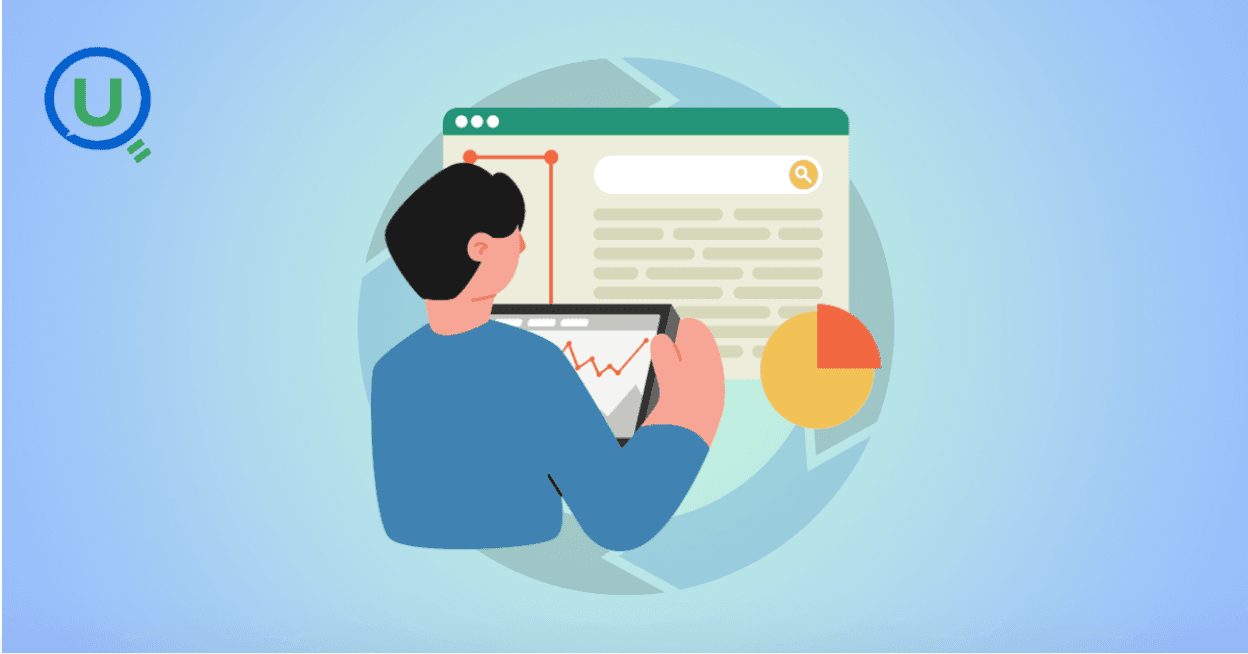
Discover why data orchestration and analysis are essential for modern data systems. Learn how automation tools streamline data workflows, boost insights, and scale with your business
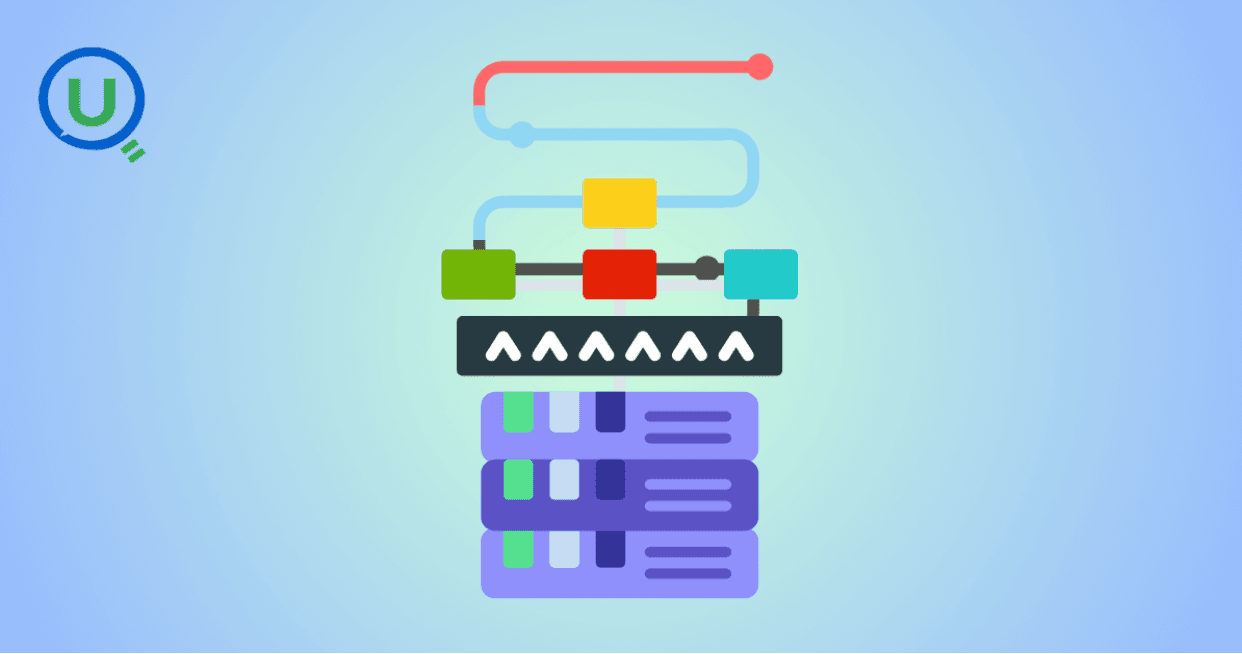
Learn what a data ingestion pipeline is, why it's vital for modern analytics, and how to design scalable, real-time pipelines to power your data systems effectively.
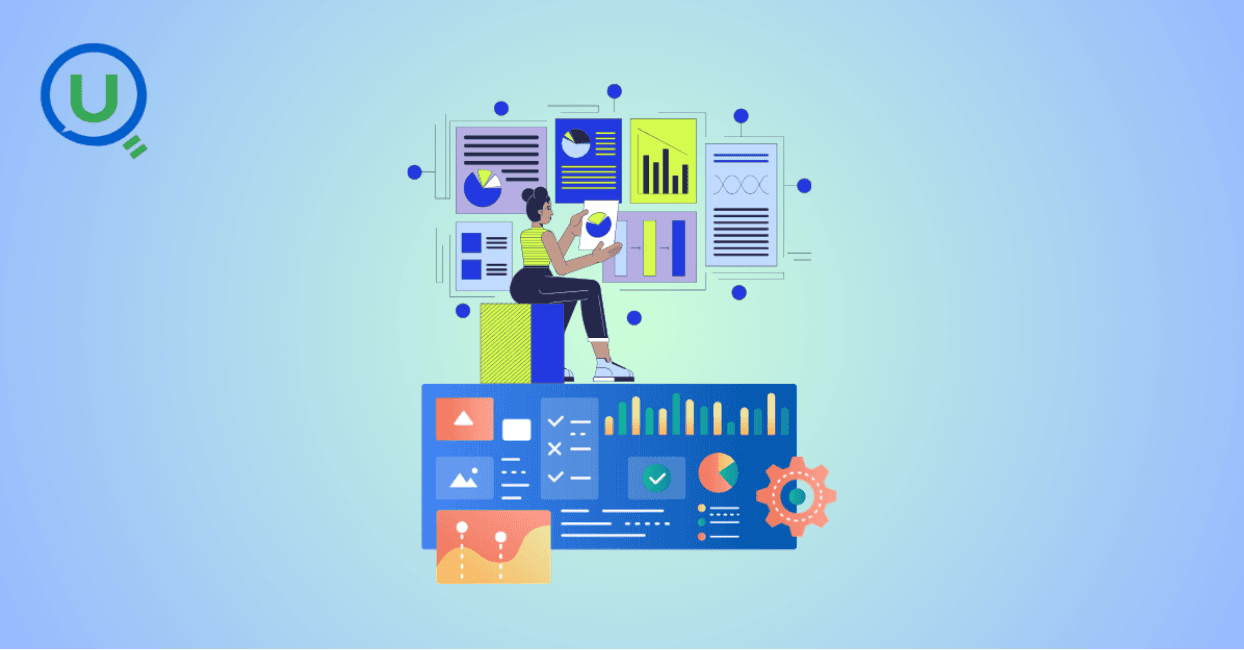
Discover the top 15 data warehouse tools for scalable data management in 2024. Learn how to choose the right platform for analytics, performance, and cost-efficiency.
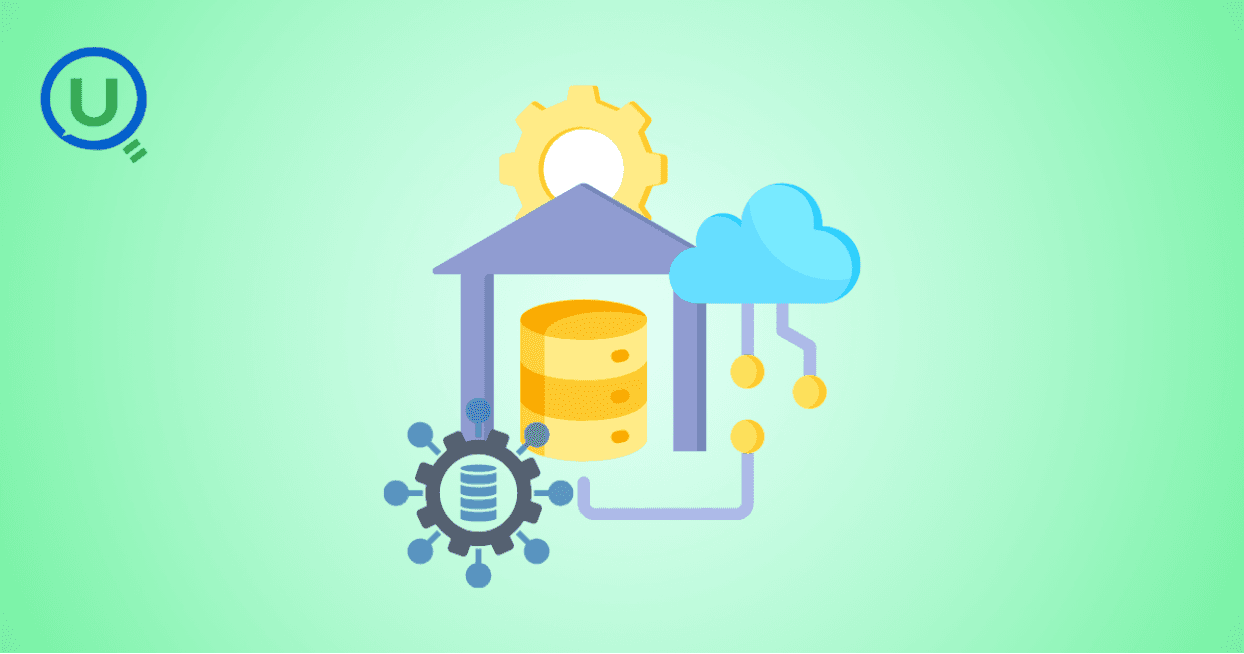
Confused between a data mart and a data warehouse? Learn the key differences, use cases, and how to choose the right data architecture for your business. Explore best practices, real-world examples, and expert insights from Enqurious.
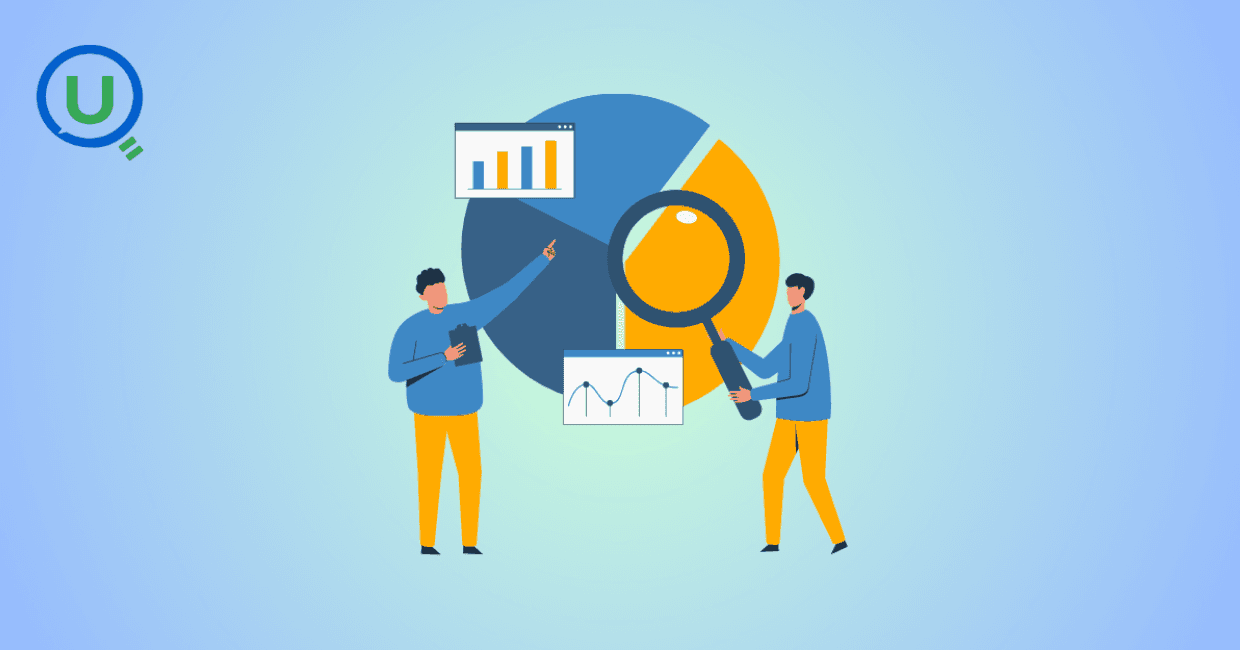
Discover the top 10 predictive analytics tools to know in 2025—from SAS and Google Vertex AI to RapidMiner and H2O.ai. Learn why predictive analytics is essential for modern businesses and how to choose the right tool for your data strategy.
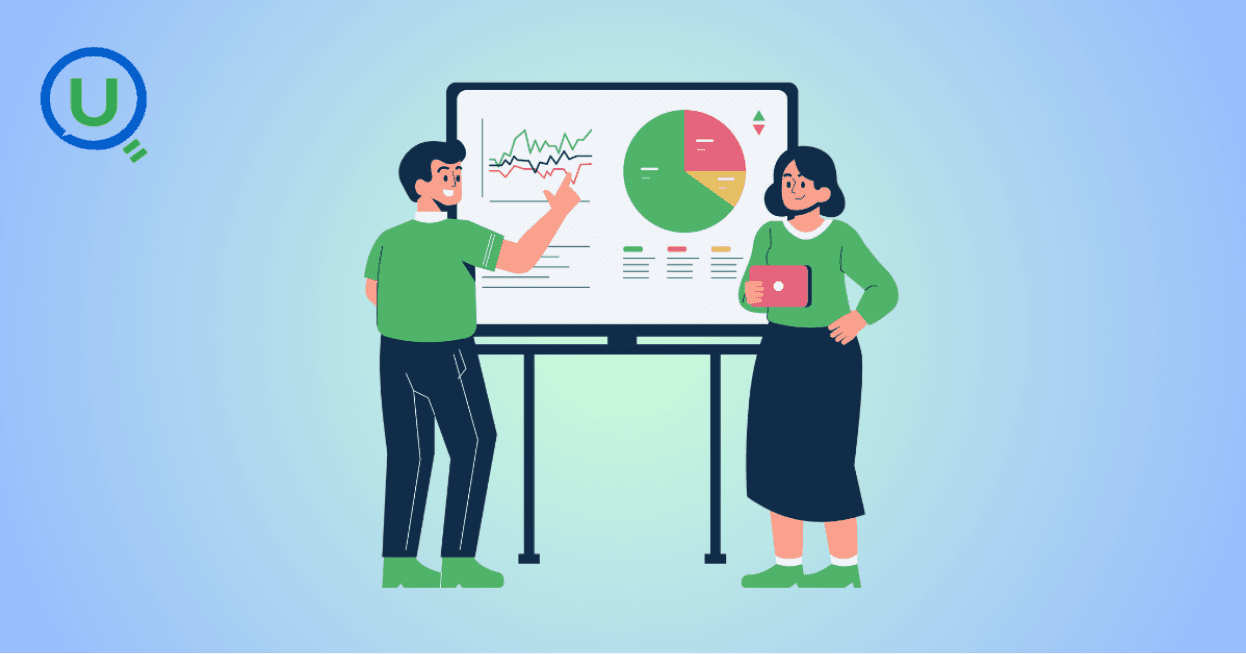
Explore the key differences between descriptive and predictive analytics, and learn how both can drive smarter decision-making. Discover how these analytics complement each other to enhance business strategies and improve outcomes in 2025 and beyond.
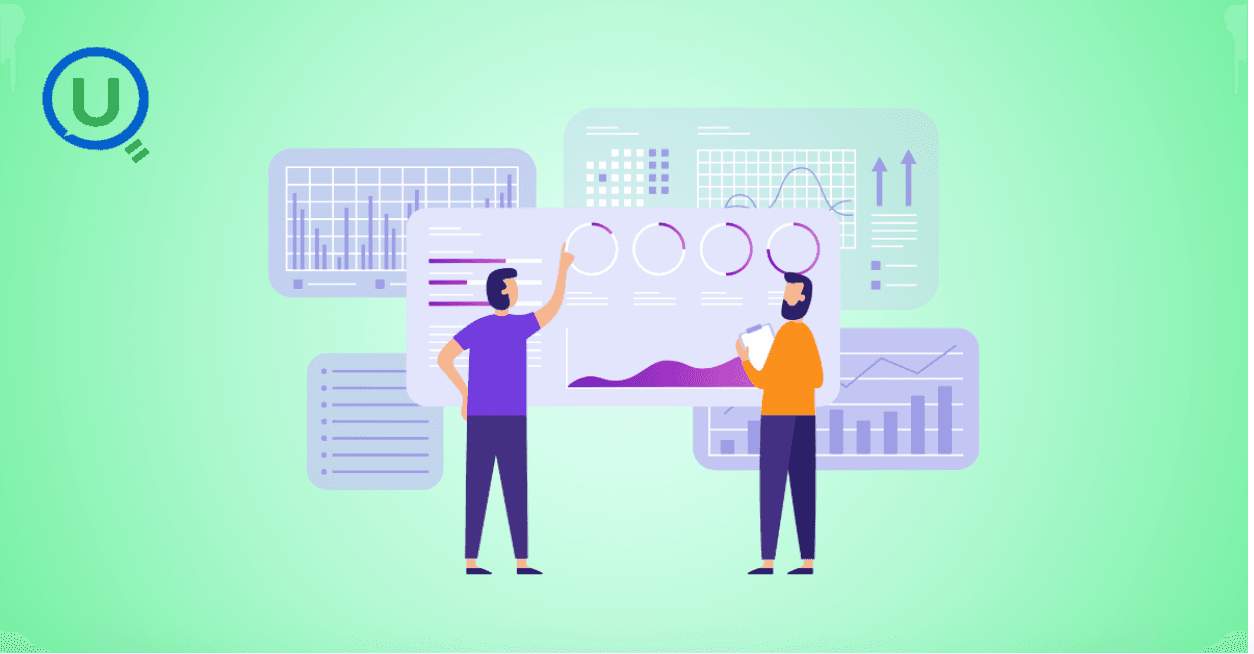
Explore the key differences between predictive and prescriptive analytics, and learn how both can drive smarter decisions, enhance agility, and improve business outcomes. Discover real-world applications and why mastering both analytics approaches is essential for success in 2025 and beyond.
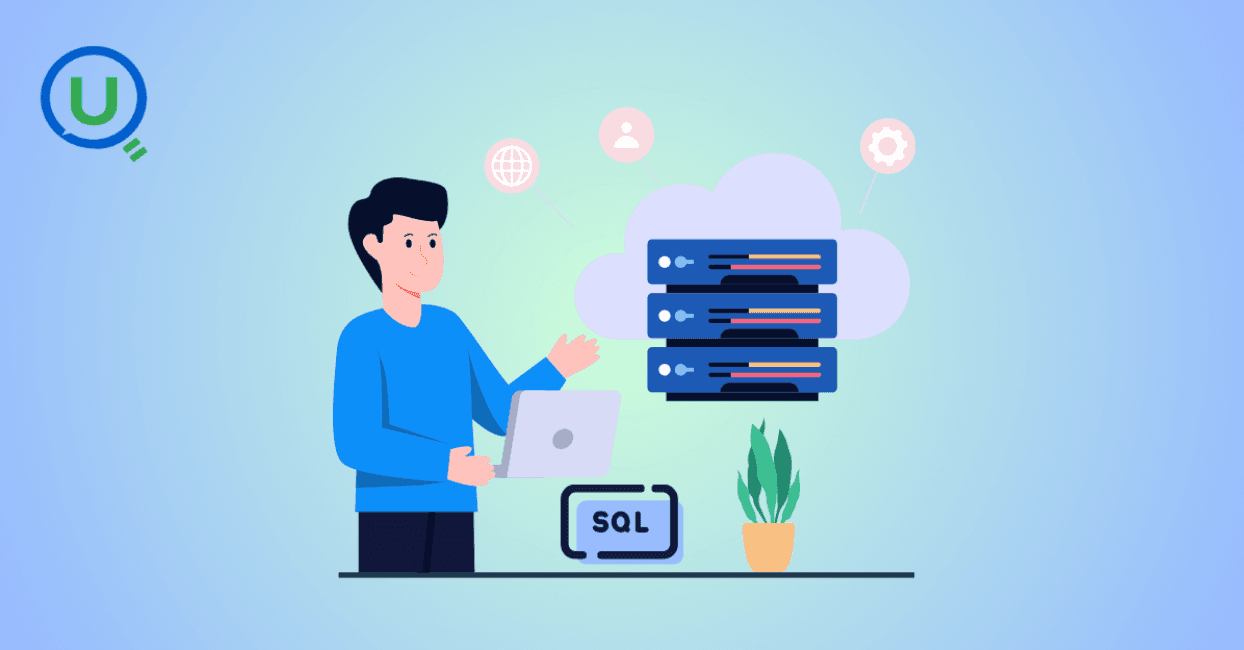
Compare PostgreSQL vs SQL Server in this comprehensive guide. Learn the key differences, strengths, and use cases to help you choose the right database for your business needs, from cost to performance and security.
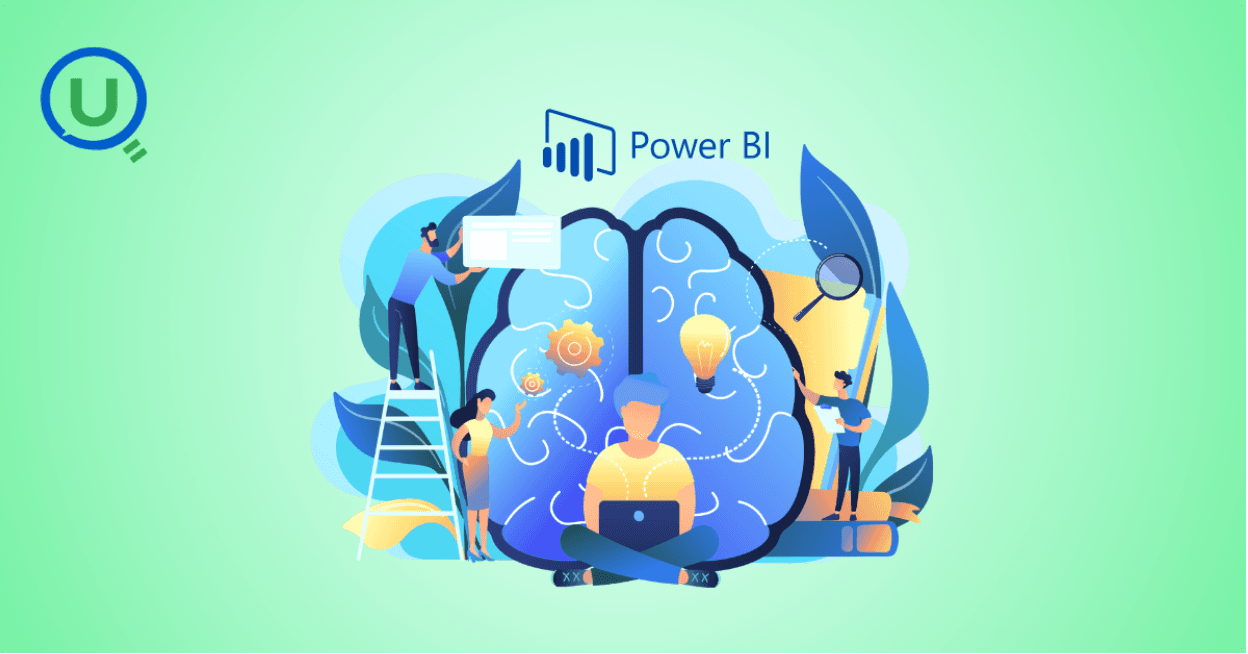
Learn what Power BI is and how it works in this beginner's guide. Discover its key features, components, benefits, and real-world applications, and how it empowers businesses to make data-driven decisions.
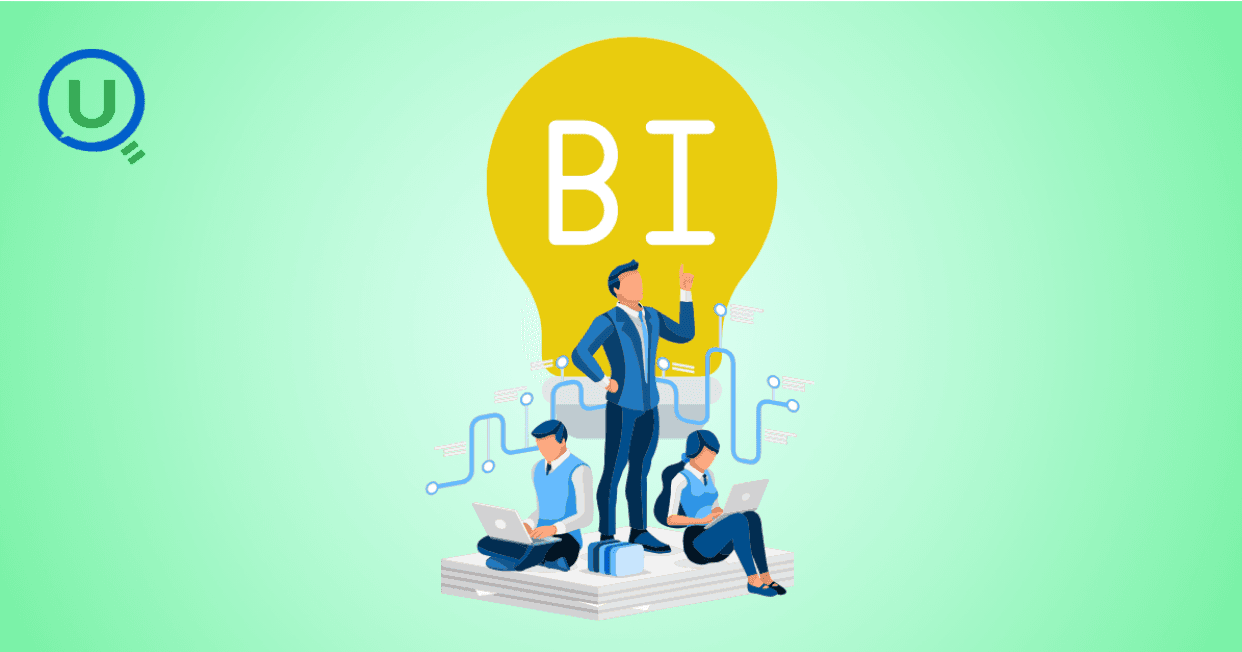
Explore what a Business Intelligence Engineer does—from building data pipelines to crafting dashboards. Learn key responsibilities, tools, and why this role is vital in a data-driven organization.
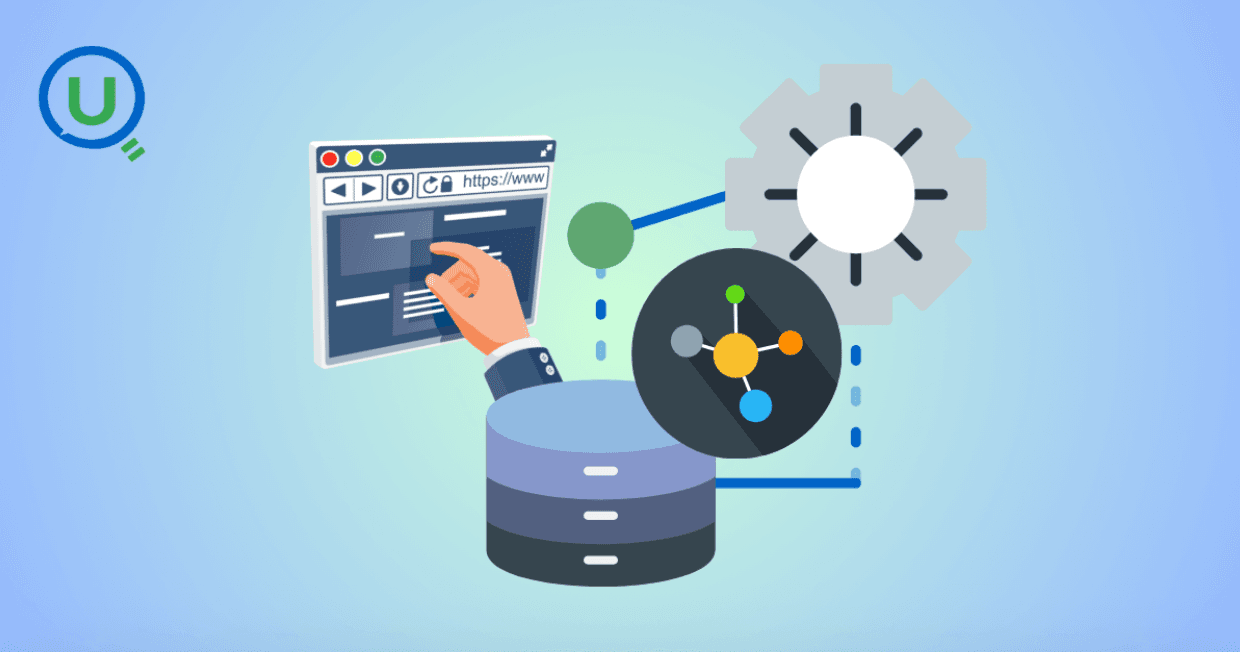
Discover why data lineage is essential in today’s complex data ecosystems. Learn how it boosts trust, compliance, and decision-making — and how Enqurious helps you trace, govern, and optimize your data journeys.
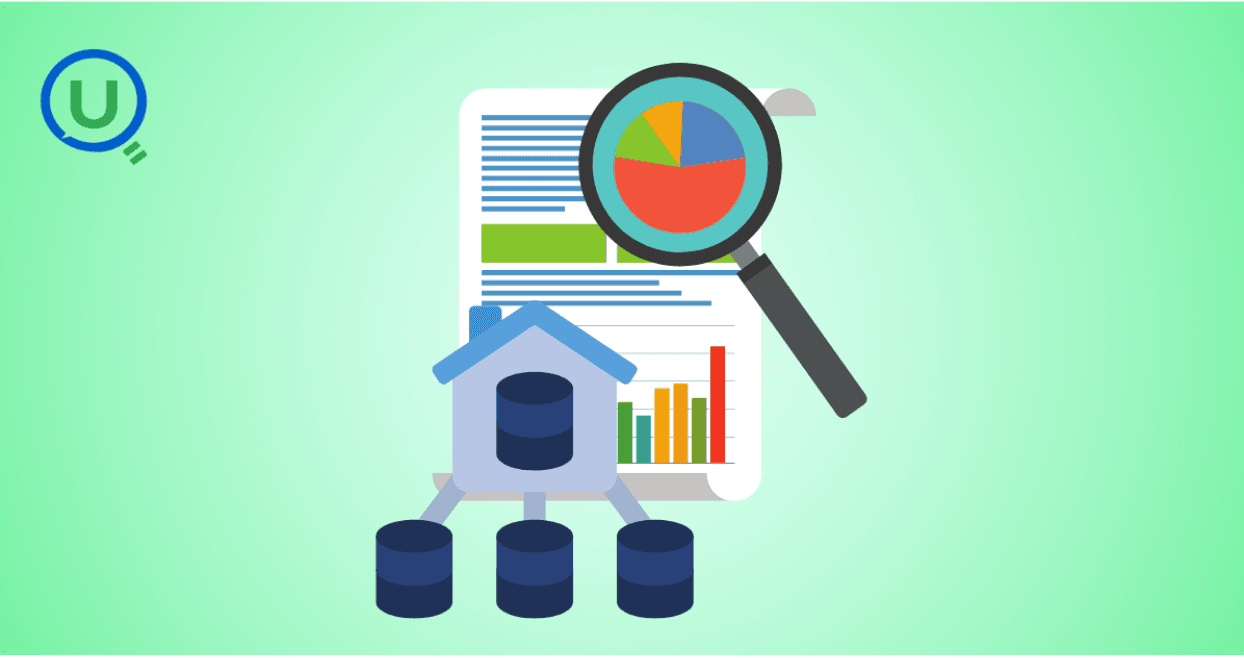
Learn what a data mart is, its types, and key benefits. Discover how data marts empower departments with faster, targeted data access for improved decision-making, and how they differ from data warehouses and data lakes.

Master data strategy: Understand data mart vs data warehouse key differences, benefits, and use cases in business intelligence. Enqurious boosts your Data+AI team's potential with data-driven upskilling.
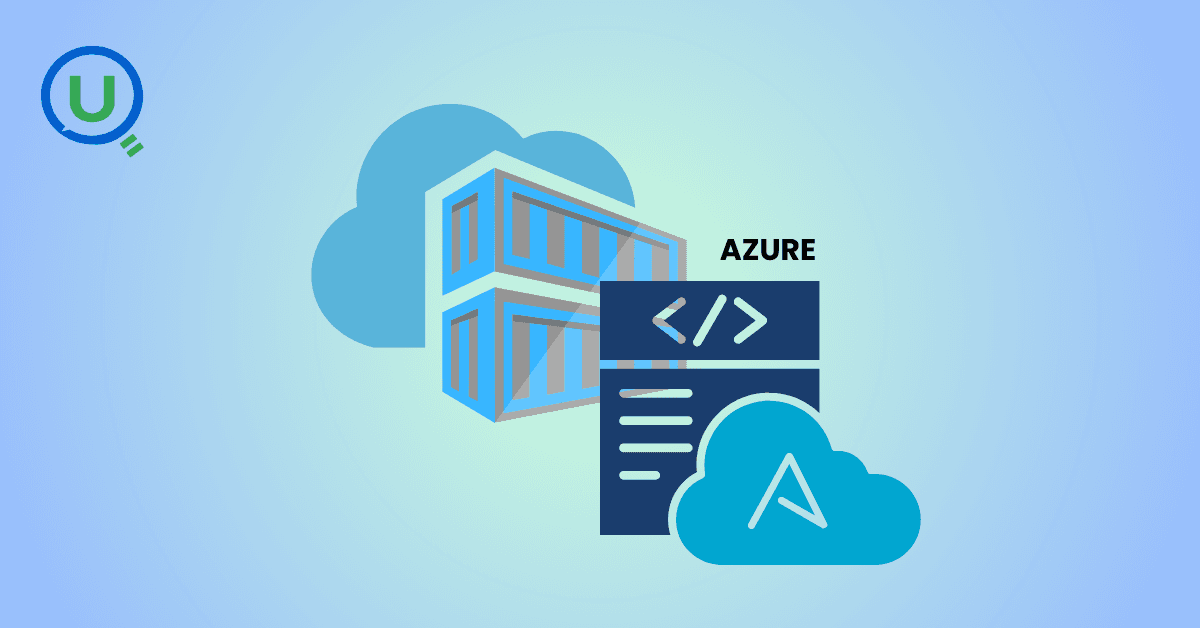
Learn what Azure Data Factory (ADF) is, how it works, and why it’s essential for modern data integration, AI, and analytics. This complete guide covers ADF’s features, real-world use cases, and how it empowers businesses to streamline data pipelines. Start your journey with Azure Data Factory today!
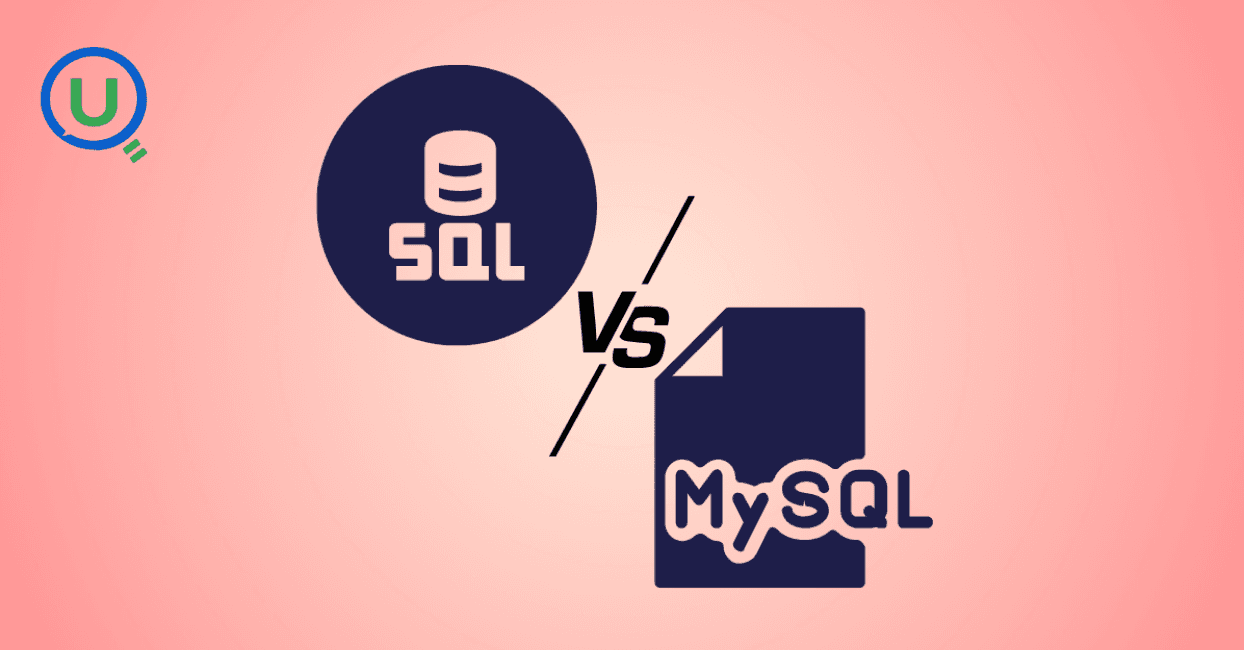
Discover the key differences between SQL and MySQL in this comprehensive guide. Learn about their purpose, usage, compatibility, and how they work together to manage data. Start your journey with SQL and MySQL today with expert-led guidance from Enqurious!
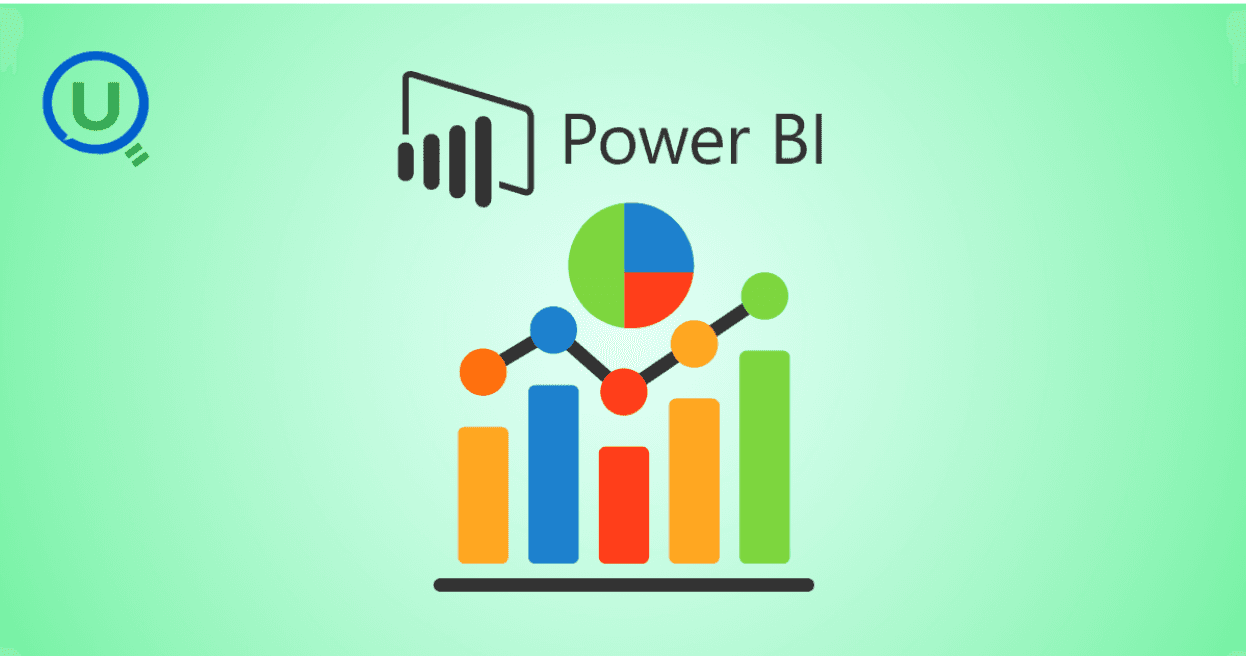
Learn Power BI from scratch in 2025 with this step-by-step guide. Explore resources, tips, and common mistakes to avoid as you master data visualization, DAX, and dashboard creation. Start your learning journey today with Enqurious and gain hands-on training from experts!
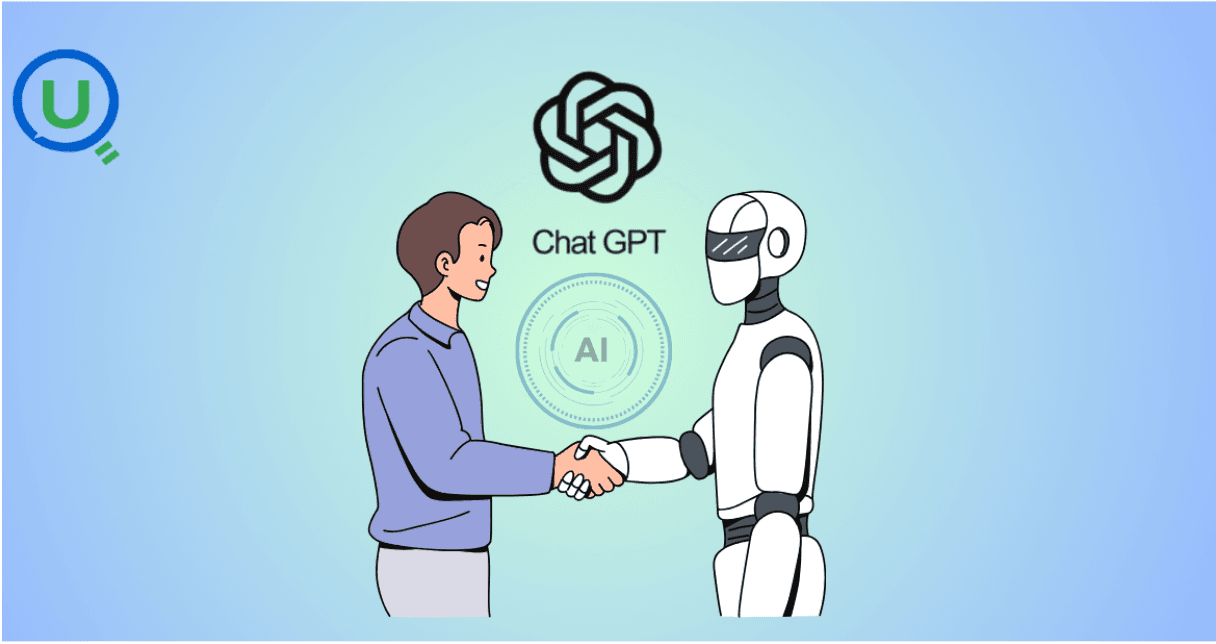
AI tools like ChatGPT are transforming clinical data management by automating data entry, enabling natural language queries, detecting errors, and simplifying regulatory compliance. Learn how AI is enhancing efficiency, accuracy, and security in healthcare data handling.
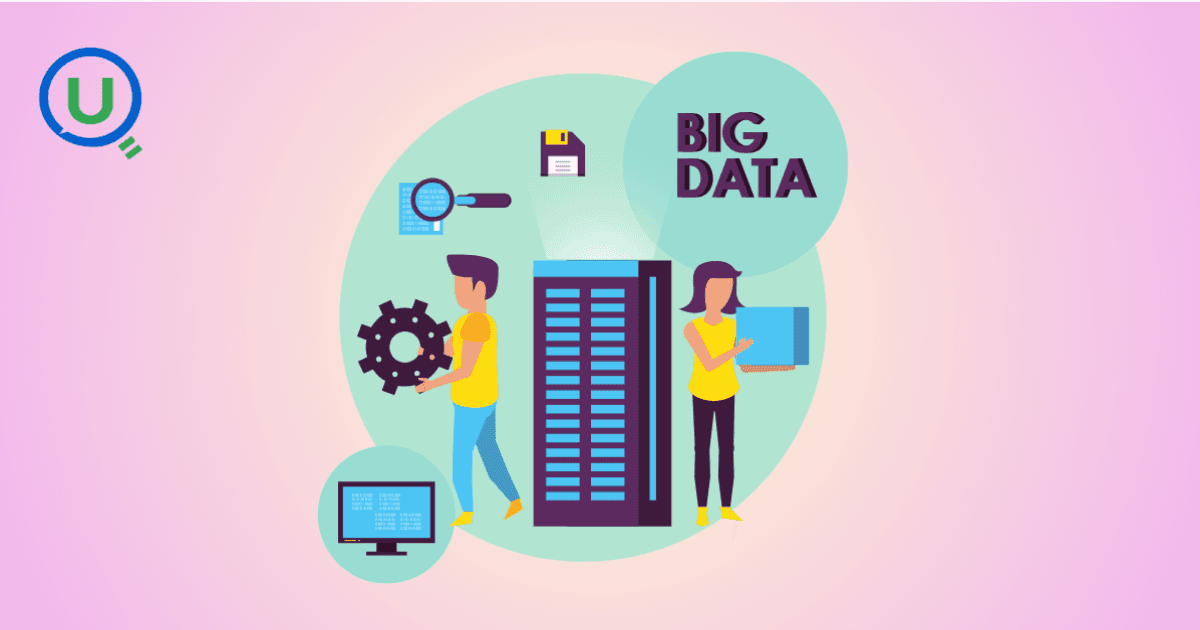
Big Data refers to large, complex data sets generated at high speed from various sources. It plays a crucial role in business, healthcare, finance, education, and more, enabling better decision-making, predictive analytics, and innovation.
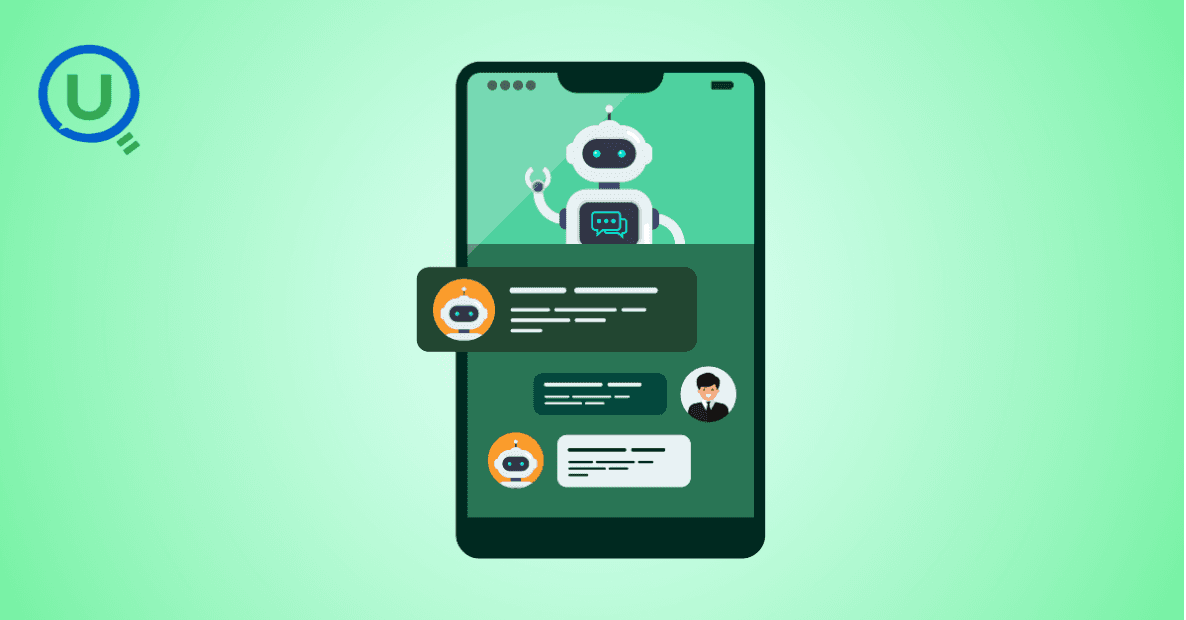
Discover the power of prompt engineering and how it enhances AI interactions. Learn the key principles, real-world use cases, and best practices for crafting effective prompts to get accurate, creative, and tailored results from AI tools like ChatGPT, Google Gemini, and Claude.

Learn what a Logical Data Model (LDM) is, its key components, and why it’s essential for effective database design. Explore how an LDM helps businesses align data needs with IT implementation, reducing errors and improving scalability.
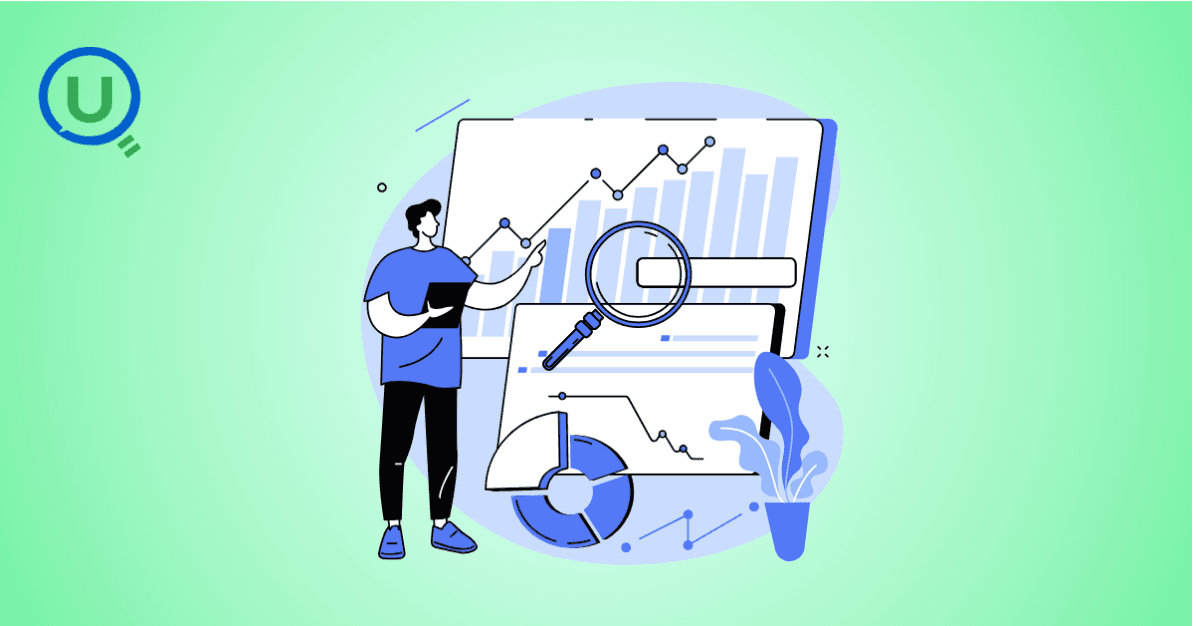
Discover the power of a Canonical Data Model (CDM) for businesses facing complex data integration challenges. Learn how CDM simplifies communication between systems, improves data consistency, reduces development costs, and enhances scalability for better decision-making.

Discover the 10 essential benefits of Engineering Data Management (EDM) and how it helps businesses streamline workflows, improve collaboration, ensure security, and make smarter decisions with technical data.

Learn how Azure Databricks empowers data engineers to build optimized, scalable, and reliable data pipelines with features like Delta Lake, auto-scaling, automation, and seamless collaboration.

Explore the top 10 data science trends to watch out for in 2025. From generative AI to automated machine learning, discover how these advancements are shaping the future of data science and transforming industries worldwide.

Discover the key differences between data scientists and data engineers, their roles, responsibilities, and tools. Learn how Enqurious helps you build skills in both fields with hands-on, industry-relevant learning.

Discover the 9 essential steps to effective engineering data management. Learn how to streamline workflows, improve collaboration, and ensure data integrity across engineering teams.
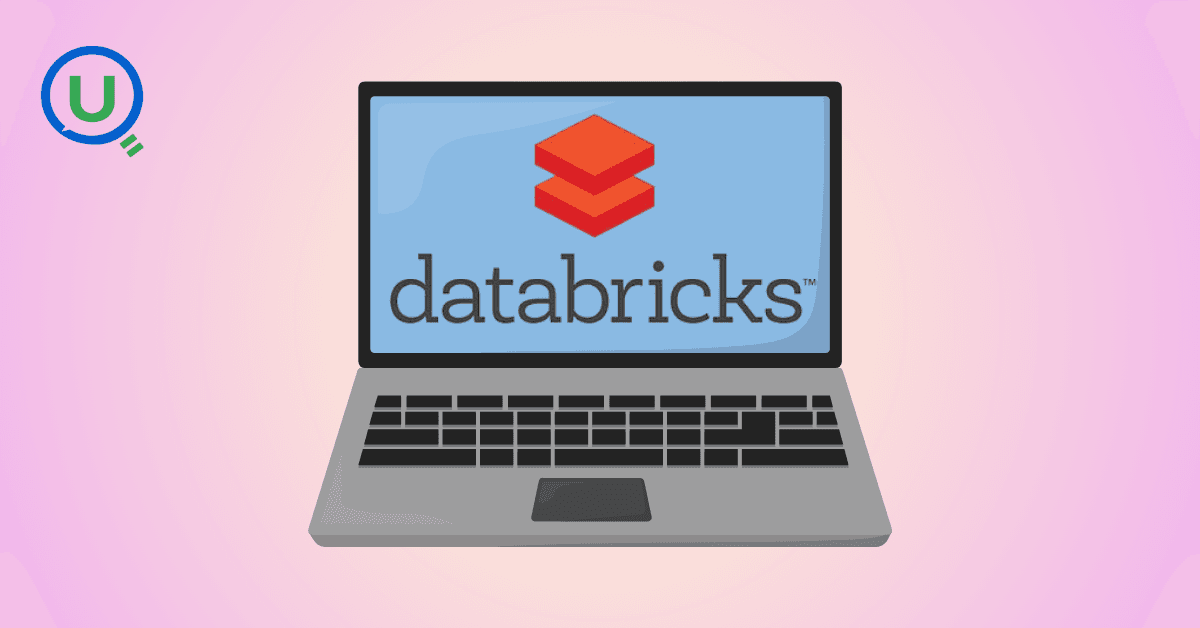
Azure Databricks is a cloud-based data analytics platform that combines the power of Apache Spark with the scalability, security, and ease of use offered by Microsoft Azure. It provides a unified workspace where data engineers, data scientists, analysts, and business users can collaborate.

In today's data-driven world, knowing how to make sense of information is a crucial skill. We’re surrounded by test scores, app usage stats, survey responses, and sales figures — and all this raw data on its own isn’t helpful.

In this blog, we will discuss some of the fundamental differences between AI inference vs. training—one that is, by design, artificially intelligent.

This guide provides a clear, actionable roadmap to help you avoid common pitfalls and successfully earn your SnowPro Core Certification, whether you’re making a career pivot or leveling up in your current role.

"Ever had one of those days when you’re standing in line at a store, waiting for a sales assistant to help you find a product?" In this blog we will get to know about -What is RAG, different types of RAG Architectures and pros and cons for each RAG.

Discover how Databricks and Snowflake together empower businesses by uniting big data, AI, and analytics excellence

How do major retailers like Walmart handle thousands of customer queries in real time without breaking a sweat? From answering questions instantly to providing personalized shopping recommendations, conversational AI reshapes how retailers interact with their customers.